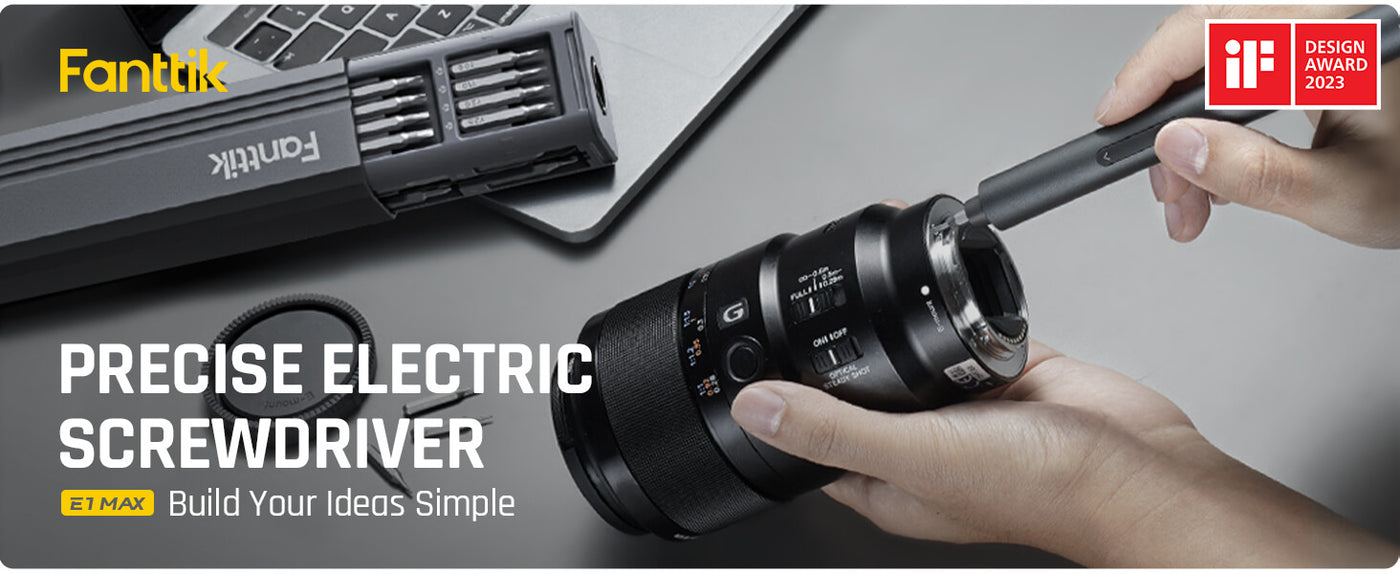When it comes to choosing the right electric screwdriver for your needs, understanding the key specifications is crucial. In this comprehensive guide, we will explore the various specifications that you should consider before making a purchase.

Power Output
One of the most important specifications to consider is the power output of the electric screwdriver. This specification is typically measured in volts (V) and determines the strength and speed of the screwdriver. Higher power output generally means faster and more efficient screwdriving.
For example, a screwdriver with a power output of 12V is suitable for light-duty tasks such as assembling furniture or installing light fixtures. On the other hand, a screwdriver with a power output of 20V or higher is better suited for heavy-duty tasks like construction or woodworking.
Battery Capacity
The battery capacity of an electric screwdriver is another crucial specification to consider. It is measured in ampere-hours (Ah) and determines how long the screwdriver can operate on a single charge. Higher battery capacity means longer runtime.
For instance, a screwdriver with a battery capacity of 1.5Ah may be sufficient for small projects that require minimal usage. However, for larger projects that require extended use, a screwdriver with a battery capacity of 3.0Ah or higher would be more suitable.
Torque
Torque is a measure of the rotational force that the screwdriver can exert. It is an important specification to consider, especially when working with different types of screws or materials. Higher torque allows the screwdriver to drive screws into harder materials with ease.
For example, a screwdriver with a torque rating of 15Nm is suitable for light-duty tasks, while a screwdriver with a torque rating of 30Nm or higher is better suited for heavy-duty tasks. It is important to choose a screwdriver with adjustable torque settings to ensure versatility.
Speed Settings
Electric screwdrivers often come with multiple speed settings, allowing you to adjust the speed according to the task at hand. This specification is measured in revolutions per minute (RPM) and determines how fast the screwdriver can rotate.
For delicate tasks that require precision, such as working with electronics, a lower speed setting of around 500 RPM is recommended. On the other hand, for tasks that require quick and efficient screwdriving, a higher speed setting of around 2000 RPM or more is suitable.
Exploring the key specifications of electric screwdrivers: A comprehensive guide provides valuable insights into choosing the right screwdriver for your needs. By considering the power output, battery capacity, torque, and speed settings, you can make an informed decision and ensure that your projects are completed efficiently.
Useful Resources:
For more information on electric screwdriver specifications, you may find the following resources helpful:







